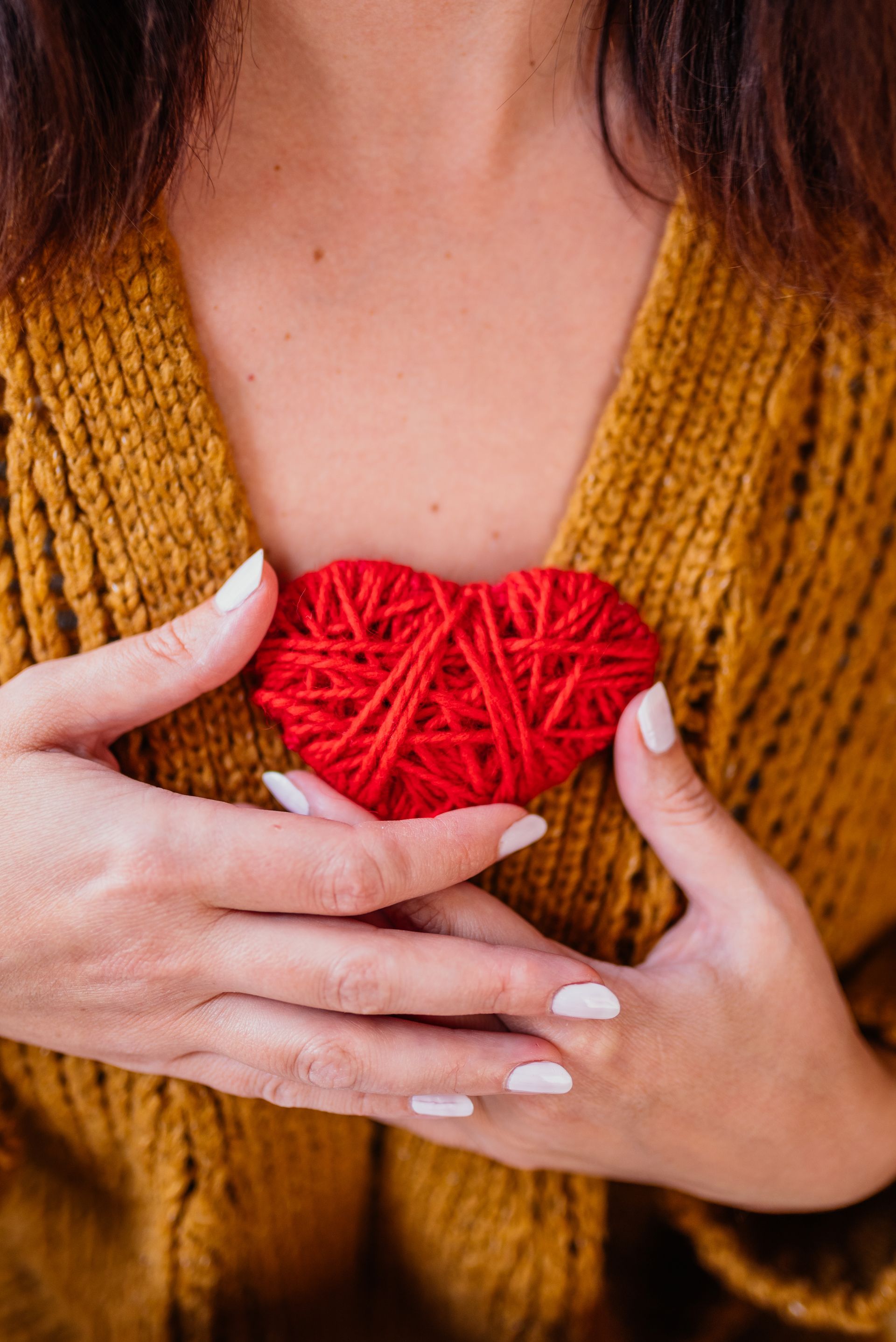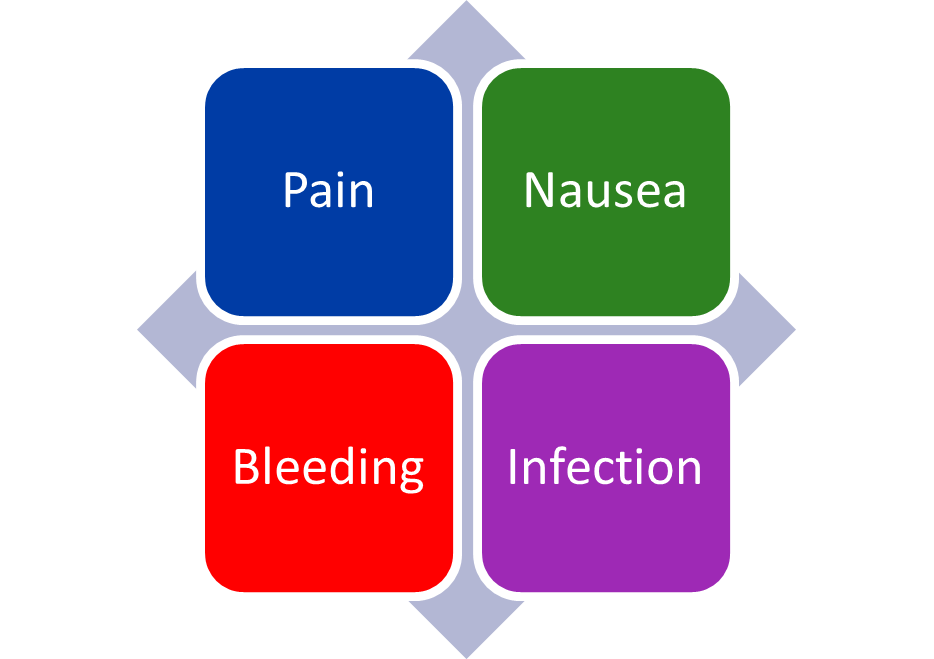Implantable Pacemaker
Wound Care
- Your incision is closed with either surgical tape, staples or a surgical glue.
- It is important not to scrub, rub, or pick at the site.
- After 3 days, you may shower
- Use mild soap and gentle water stream, then pat dry with a towel
- Do not apply lotions, powders, ointments, or perfumes to the incision.
- Do not soak your incisional site in water for 4-6 weeks (no baths, swimming, hot tub…)
- Wear loose clothing around incision for 1-2 weeks
- If surgical tape was used do not remove the strips they will fall off within 7 days, the glue will naturally fall off within 3 weeks
- If staples were used, they will be removed in 7-10 days
Activity
- For 2 weeks after your procedure
- Do not raise your arm above your shoulder on the same side as your incision.
- For 4 weeks after your procedure
- Do not lift anything more than 10 pounds such as a gallon of milk
- Certain activities may be limited longer, those that involve swinging your arm, and will be discussed with your EP doctor or nurse practitioner (NP)
- Do not drive until your EP doctor or nurse practitioner/physician assistant states it is safe to drive
- A follow-up appointment with your EP doctor or NP/PA has been made for you in 7-14 days after discharge prior to leaving the hospital
Medication
- Please take your medications as explained to you (found on your discharge paperwork)
- If you have discomfort or soreness, take pain medication (over-the-counter) as explained at discharge
Diet
- Follow the heart healthy diet recommended by your doctor
- If you smoke, we recommend you quit. It will immediately improve your health
- If you would like to let us help you live smoke-free, call the Center for Tobacco Control at (516) 466-1980
Side Effects
Pain
• You may have pain after your surgery
• Take pain medication as directed by your doctor
• Call your doctor if your pain is not getting better within 5 days or if it gets worse
• Prescription pain medication should be taken with food, and can cause constipation; an over-the-counter stool softener may be helpful
Nausea
• Anesthesia can upset your stomach
• Eat bland foods (Jell-O, crackers, toast) and drink ginger ale if you are nauseous
• Drink plenty of fluids, such as water or ginger ale
• If your have nausea or vomiting the day after your surgery or procedure, call your doctor
Bleeding
• You may have a small amount of oozing and bruising from your surgical site, this is normal
• Excessive bleeding at the site can be dangerous and should prompt immediate medical attention
Infection
• If you have any of the following signs of infection, call your doctor
§ Redness, swelling, fever over 101 degrees, thick yellow/white drainage
Living with your Pacemaker
• Carry your device ID Card with you AT ALL TIMES
• If you notice swelling, redness, discharge/oozing or skin breakdown at the pacemaker site, contact the clinic. Do not allow your PCP or ER physician to aspirate or stitch/glue the site.
• You are able to use your typical daily appliances/electronics, such as microwave ovens, computers, laptops, kitchen appliances, etc.
• You are able to use cellphones, but as a precaution do not place a cellphone in a pocket directly over your device
• It is important to keep your remote monitor plugged in. Your follow-up checks will be done through the remote monitor every 3 months with a yearly in person clinic visit
• If an MRI is needed most device systems are MRI compatible. Please contact office to confirm if you are able to proceed with a MRI
ID Card Information
You will receive an ID card and device company booklet
• Please carry the card with you at all times
• Please read the company booklet for the most-up-to-date information
Remote Monitoring
- A representative from the device company will pair the pacemaker with home monitoring. You will be given instructions on its use and the pacemaker will be checked before you go home
Call Your Doctor
• If you have fever, chills, or severe pain, swelling, redness, heat or yellow drainage at the incision site
• If you have bleeding in large amounts or significant new swelling from your puncture site that cannot be controlled or if area becomes very red or hot to touch and painful.
• If you experience lightheadedness; dizziness or a fainting spell
Contact your doctor the Cardiology Office at North Shore University Hospital at: (516) 562-2300



